A simple visual to help couples understand and break up the pattern of conflict without shame or shutdown.
What if your couples could actually see the roles they play in conflict?
Not in theory. Not in ways that raise defenses. But in a way that works for the nervous system and opens the door to something new?
For years, I’ve been using something simple to describe conflict to couples in a way that they understand: two rooms, one door, and a color-coded glow.
Here’s a peek into part of that framework, something you can use immediately to think differently about how conflict unfolds in your sessions.
Here’s something I might say to a couple…
“Imagine that each of you has your own room. That room represents your Self, filled with dreams, desires, fears, values, experiences, and internal logic. Between the rooms is a door: the emotional connection that allows each of you to see and be seen.
In a healthy moment, both of you take turns speaking and listening. You stay curious. You stay present. You offer perspective without blame or retreat. And when both of you can do that, there’s a green glow of connection that bridges the space between you.
But when the stakes rise or threat is perceived? That door usually starts to close.”
“The healthiest conflict behavior is simple: keep the door open. But in practice, it’s one of the hardest things we ask couples to do.”
The 3 Protective Strategies That Close the Door on Connection In Relationships
There are three common, unhealthy conflict roles that show up when the nervous system is activated and safety starts to erode:
- Pull to Win
One partner attempts to drag the other into their room. This might look like convincing, fixing, or lecturing, but it leaves no space for the other’s truth.
- Choose to Lose
One partner silently abandons their own room entirely to comply with the other. The result? Resentful peacekeeping and the quiet collapse of authenticity.
- Shut the Door
Withdrawal. Silence. Passive-aggression. Unilateral decisions. This move stalls and fractures connection.
Why This Visual Tool Helps Couples Understand Conflict Better Than Words Alone
Therapists often try to name these patterns intellectually, hoping insight will create change. But when clients are dysregulated, insight can feel like pressure, not relief. What this metaphor does differently is bypass defensiveness and build awareness through imagery, inviting your clients to see themselves in the story without shame.
This simple visual becomes a shared language between you and your couple, something you can return to, reference mid-session, and use as a reset point when things spiral.
ACT NOW
If you’ve ever felt stuck in a loop with a high-conflict couple, you’re not the only one.
Lara Hammock built The Door Between Us for moments exactly like that, and it’s available on July 28 to help you shift conflict, without shame or shutdown. This isn’t a course. It’s not a certification. In this masterclass, you’ll discover a plug-and-play tool, video, and slides that bring clarity to even the most stuck couples.
Live on July 28, 9-10:30am Pacific, replay included
Learn more and register here.

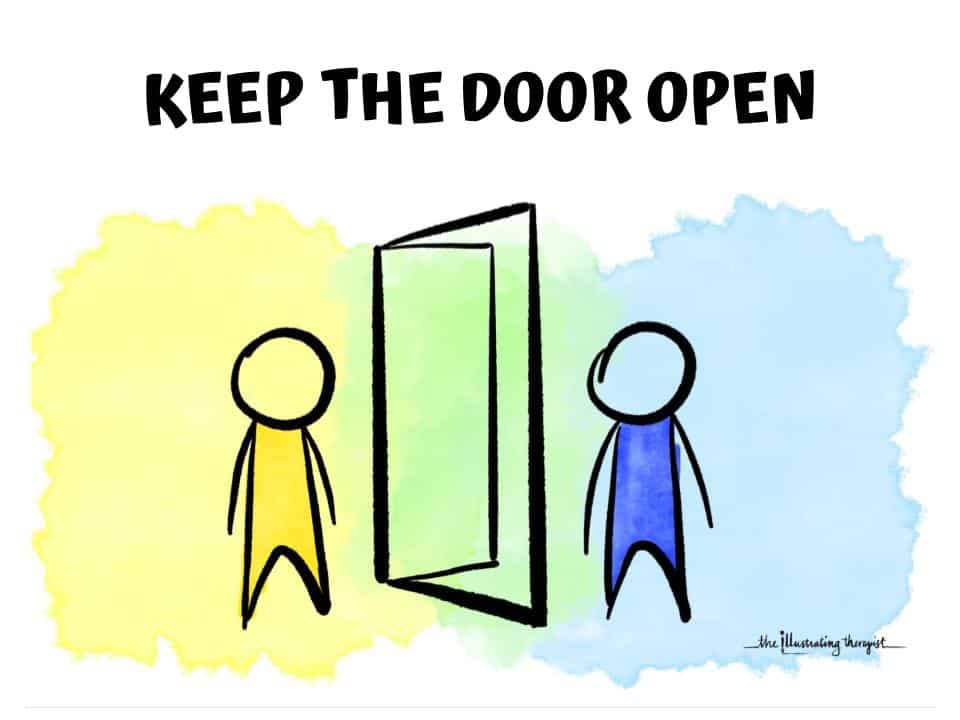
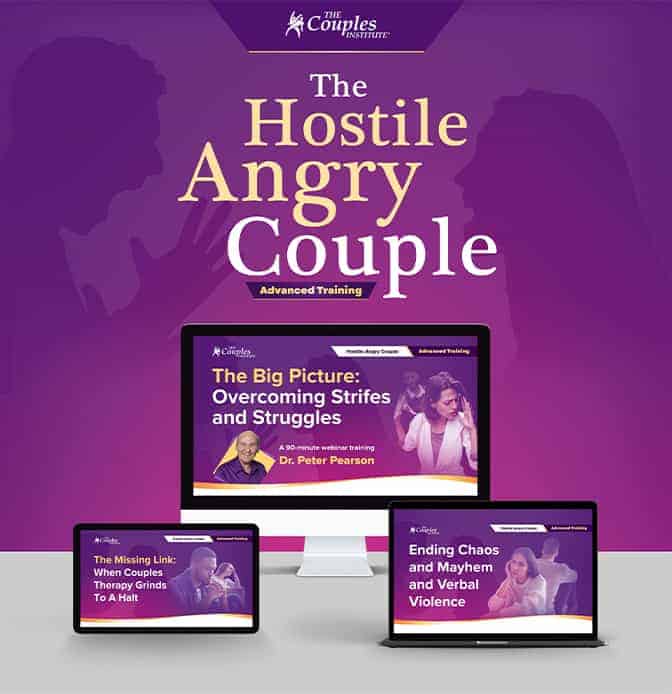
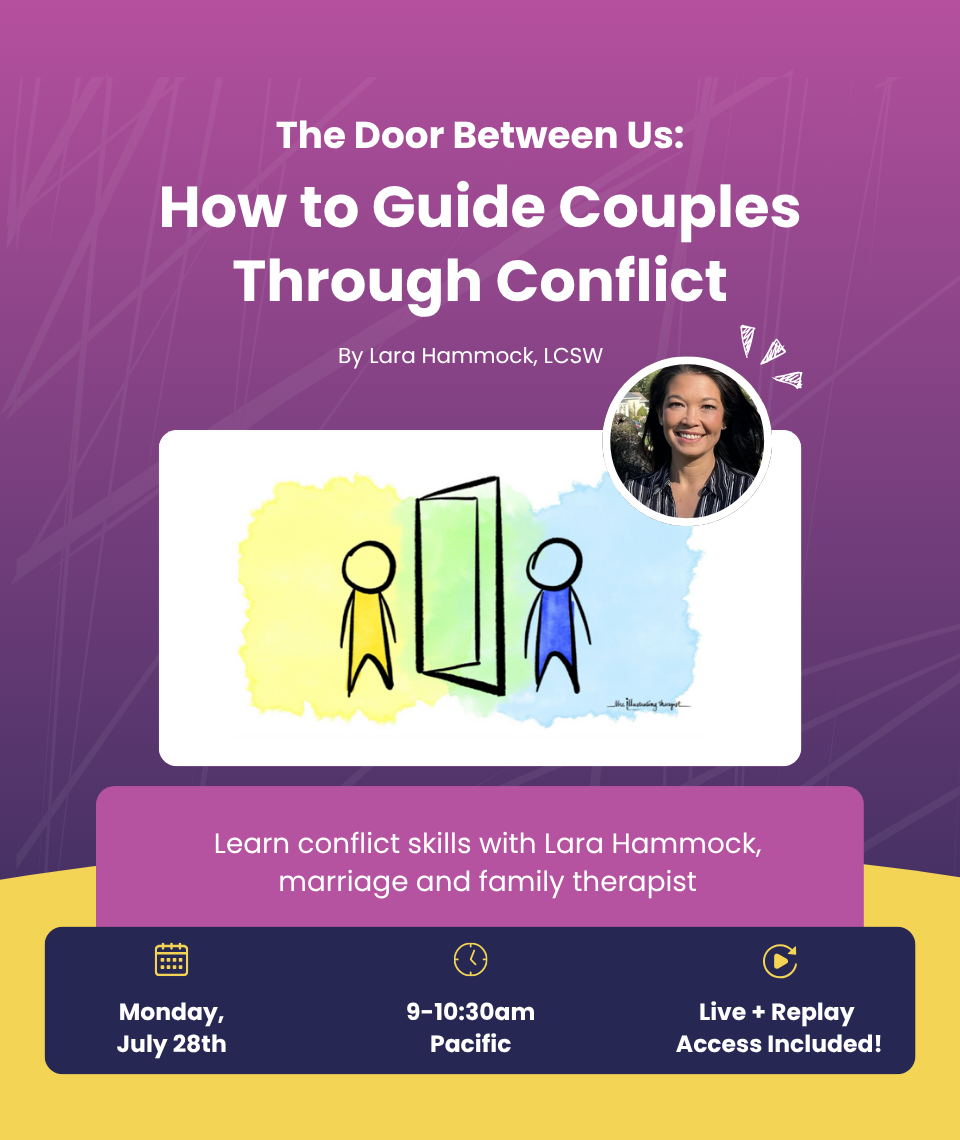
 We respect your privacy.
We respect your privacy.
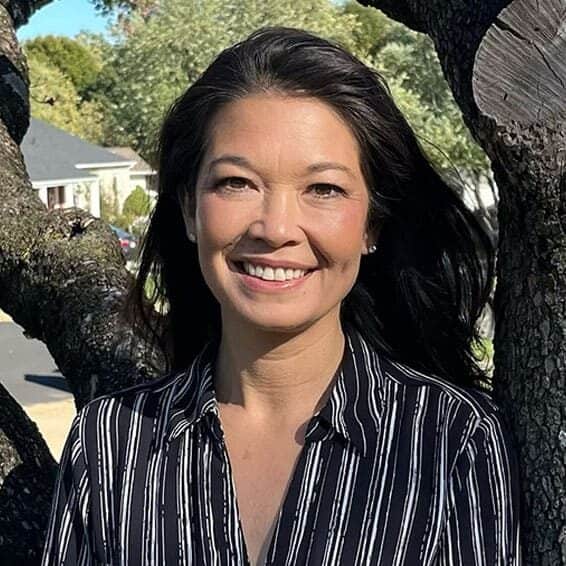
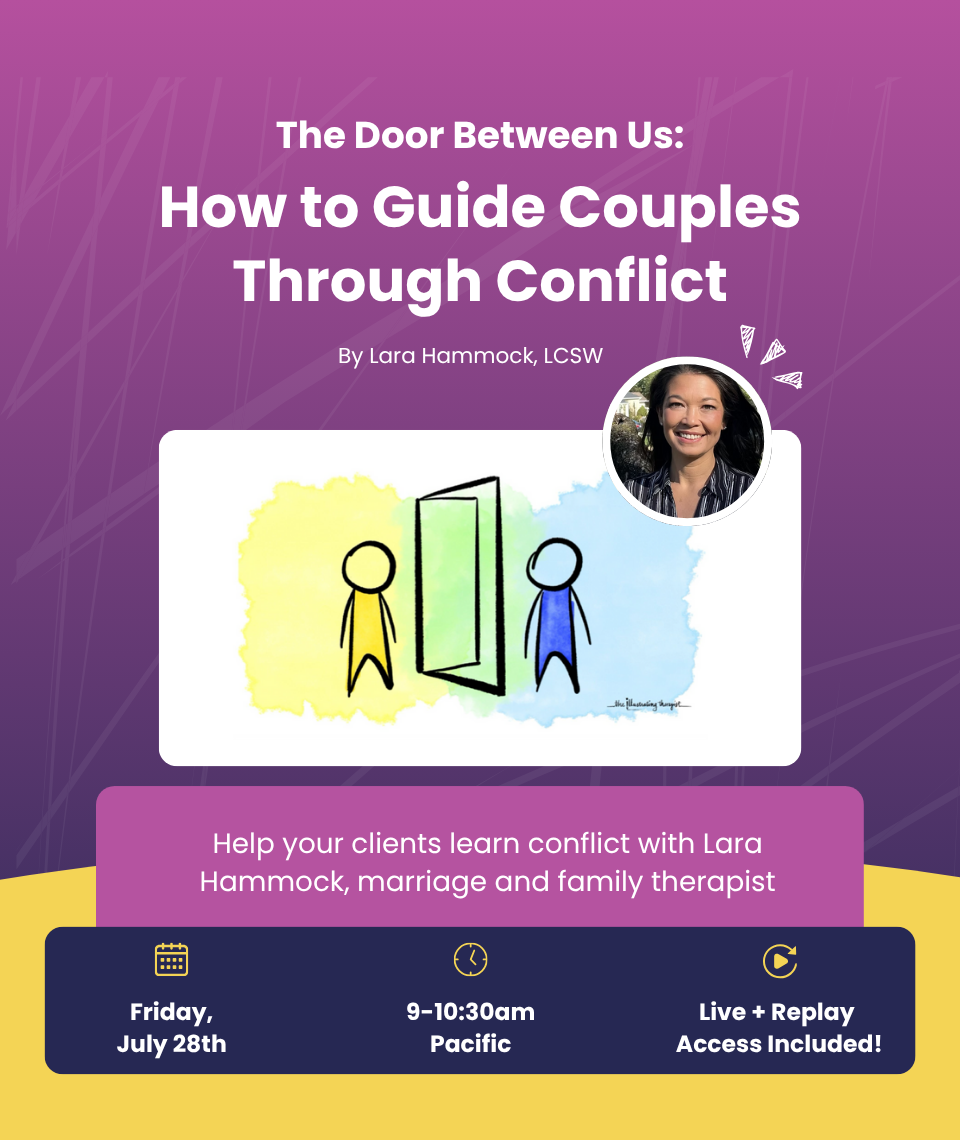

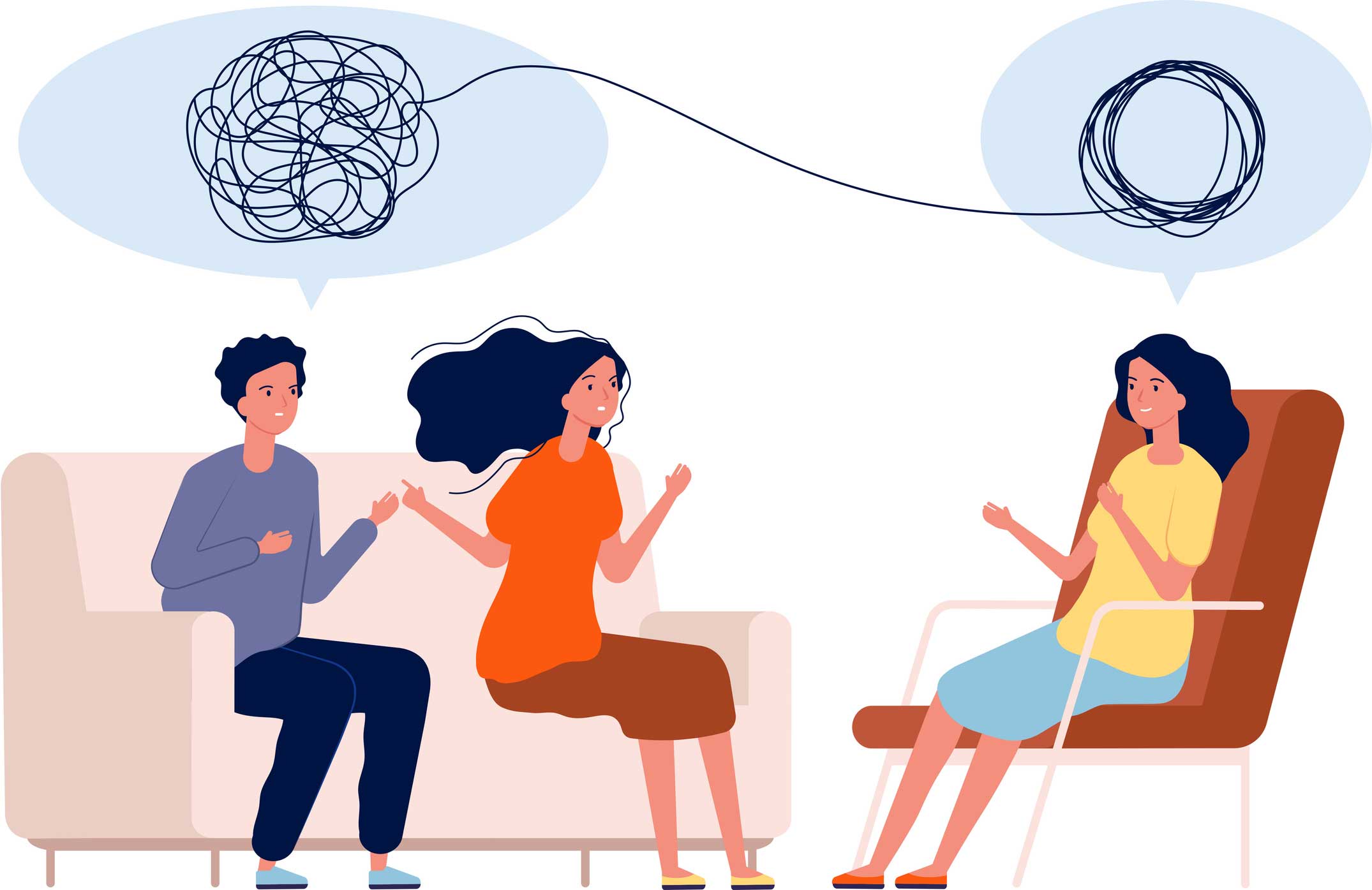

Great analogy thanks. I feel like I want them to have a beautiful connecting hallway that they create together too!
Nice metaphor.